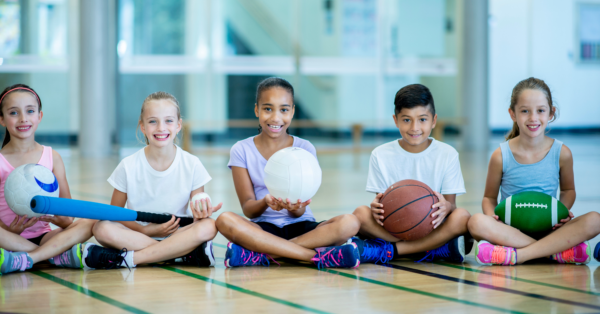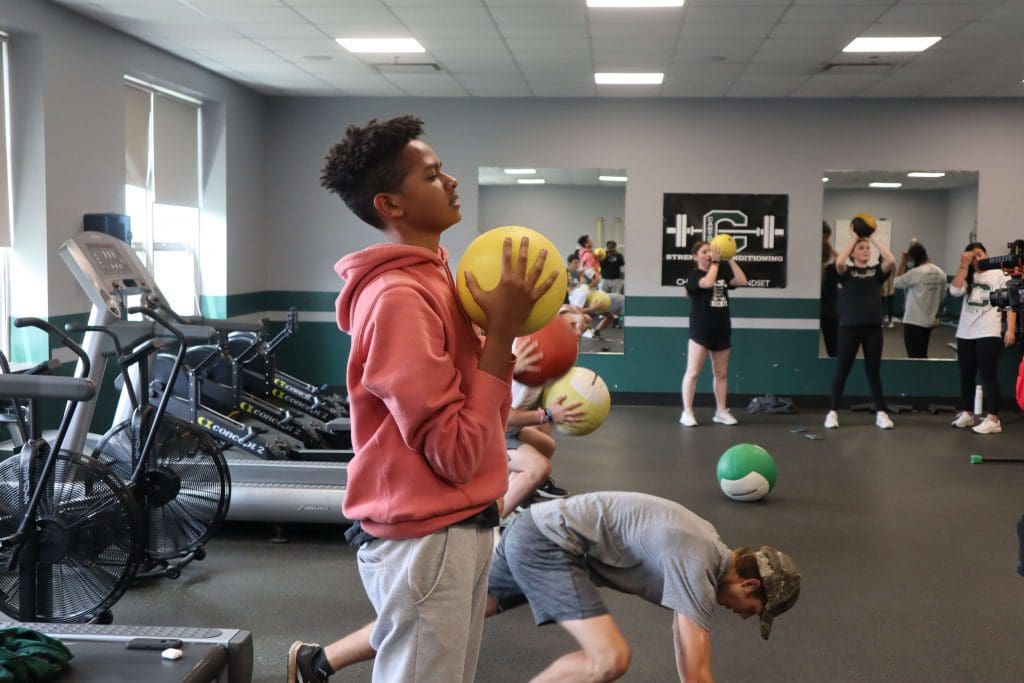In today’s fast-paced world, where digital devices and sedentary activities dominate much of our free time, physical fitness has become more important than ever. For students, staying active not only contributes to their physical well-being but also plays a crucial role in mental health, social development, and academic success. As someone who has witnessed the challenges many students face in balancing their academic workload with their personal health, I believe that schools can play a key role in encouraging a culture of physical fitness and promoting active lifestyles.
Physical fitness in schools is more than just a requirement for graduation or a brief break from the classroom. It’s an investment in the health and future of students. By integrating physical activity into daily school life, we help students develop healthy habits that can carry them through adulthood, improving not just their physical health, but also their emotional and academic performance. In this post, I’ll explore why physical fitness should be a priority in schools, the benefits it brings to students, and strategies for encouraging active lifestyles.
Why Physical Fitness in Schools Matters

The importance of physical fitness for children and adolescents cannot be overstated. Regular physical activity is essential for the development of healthy muscles, bones, and joints, as well as for maintaining a healthy weight. Unfortunately, many students today aren’t getting enough exercise, leading to concerns about the rising rates of obesity and related health issues. But physical fitness isn’t just about preventing health problems—it’s about creating well-rounded individuals who are equipped to succeed in all areas of life.
Here are a few reasons why physical fitness in schools should be a priority:
1. Promotes Physical Health
Physical activity helps students maintain a healthy body weight, reduce the risk of chronic diseases like heart disease and diabetes, and develop strong bones and muscles. Engaging in regular exercise can also improve cardiovascular health, reduce the likelihood of obesity, and lower stress levels.
2. Supports Mental Health
Exercise is known to have a positive impact on mental health. Physical activity can reduce symptoms of anxiety and depression, help students manage stress, and improve their overall mood. The release of endorphins during exercise also contributes to a sense of well-being, which can have a lasting effect on a student’s emotional state.
3. Improves Academic Performance
There is growing evidence that physical fitness is linked to improved academic performance. Exercise increases blood flow to the brain, which can enhance cognitive function, focus, and memory. Studies have shown that students who engage in regular physical activity tend to have better concentration, problem-solving skills, and higher grades.
4. Teaches Teamwork and Social Skills
Many physical activities, especially team sports, teach students valuable social skills such as teamwork, communication, and leadership. Participating in group activities also helps students build friendships, learn how to resolve conflicts, and develop a sense of camaraderie and mutual respect.
5. Fosters Healthy Habits for Life
When students are encouraged to be active from a young age, they are more likely to carry those healthy habits into adulthood. Physical fitness isn’t just about temporary participation in sports or gym class—it’s about developing a lifelong commitment to staying active and making health-conscious choices.
Strategies for Encouraging Physical Fitness in Schools
Promoting physical fitness in schools requires a comprehensive approach that integrates exercise into daily routines, creates supportive environments, and provides opportunities for students to find activities they enjoy. Here are some effective strategies for encouraging active lifestyles among students:
1. Integrate Physical Activity into the School Day
In addition to traditional physical education (PE) classes, schools can find ways to incorporate movement into the daily schedule. This can include short “movement breaks” during lessons, where students get up to stretch or engage in simple physical activities, helping to improve focus and energy levels.
Many schools have also implemented “brain breaks,” which combine physical activity with cognitive tasks to stimulate the brain while allowing students to release excess energy. Even small activities like walking to class or taking the stairs can make a difference.
2. Offer a Variety of Physical Activities
To keep students engaged, it’s important to offer a wide variety of physical activities. Not all students enjoy the same sports or activities, so providing a mix of options—from traditional team sports like basketball and soccer to individual activities like yoga, swimming, or cycling—can help students find something they enjoy. Offering a range of options also accommodates different fitness levels and interests, ensuring that every student can participate.
For example, some students may love running, while others may prefer low-impact activities like Pilates or dance. Schools that offer diverse activities allow students to explore different ways of staying active and find what works best for them.
3. Create a Positive and Supportive PE Environment
Physical education classes should be a positive and inclusive environment where all students feel encouraged to participate, regardless of their skill level. PE classes should not focus solely on competition but also on personal improvement and enjoyment. Teachers should aim to build self-confidence in students by highlighting their progress and offering constructive feedback.
A supportive environment also involves promoting a sense of community. PE teachers can encourage students to work together, collaborate, and support each other, fostering an atmosphere where students feel safe and motivated to try new things.
4. Promote Extracurricular Sports and Activities
In addition to PE classes, extracurricular sports and activities provide an opportunity for students to stay active in a fun and social environment. Schools can offer after-school sports teams, fitness clubs, or dance classes, which give students a chance to get involved in sports outside of class time.
Encouraging students to participate in extracurricular activities can help them develop a lifelong love of sports and fitness. It also provides a healthy outlet for stress, improves time management skills, and helps students build strong social networks.
5. Engage Parents and the Community
Parents and the broader community play a critical role in encouraging physical fitness. Schools can host events that promote active lifestyles, such as family fitness nights, fun runs, or community sports leagues. When parents are involved, students are more likely to see physical activity as an integral part of family life, not just something that happens at school.
Additionally, schools can work with local organizations to provide opportunities for students to engage in physical activity outside of school, such as partnering with local gyms, parks, or sports teams. Community partnerships can help extend the reach of physical fitness programs and provide students with additional resources to stay active.
6. Make Physical Fitness Fun
One of the most effective ways to encourage students to stay active is to make physical fitness fun. Activities that are enjoyable and engaging are more likely to keep students motivated.
Including games and challenges that encourage teamwork or friendly competition can also create excitement around fitness. Schools can organize fitness challenges, where students can track their progress and celebrate achievements together.
Conclusion: Building a Foundation for Lifelong Health
Physical fitness in schools is crucial not only for the health and well-being of students but also for their academic success, social development, and overall quality of life. By integrating physical activity into the school day, offering a range of fun and accessible options, and creating a supportive environment, we can help students build healthy habits that will last a lifetime.
As someone who has seen the positive effects of physical fitness on students, I can’t stress enough how important it is to make physical activity a central part of their lives. When students feel supported in their efforts to stay active, they are more likely to continue exercising as they grow older, contributing to a healthier and happier society.


